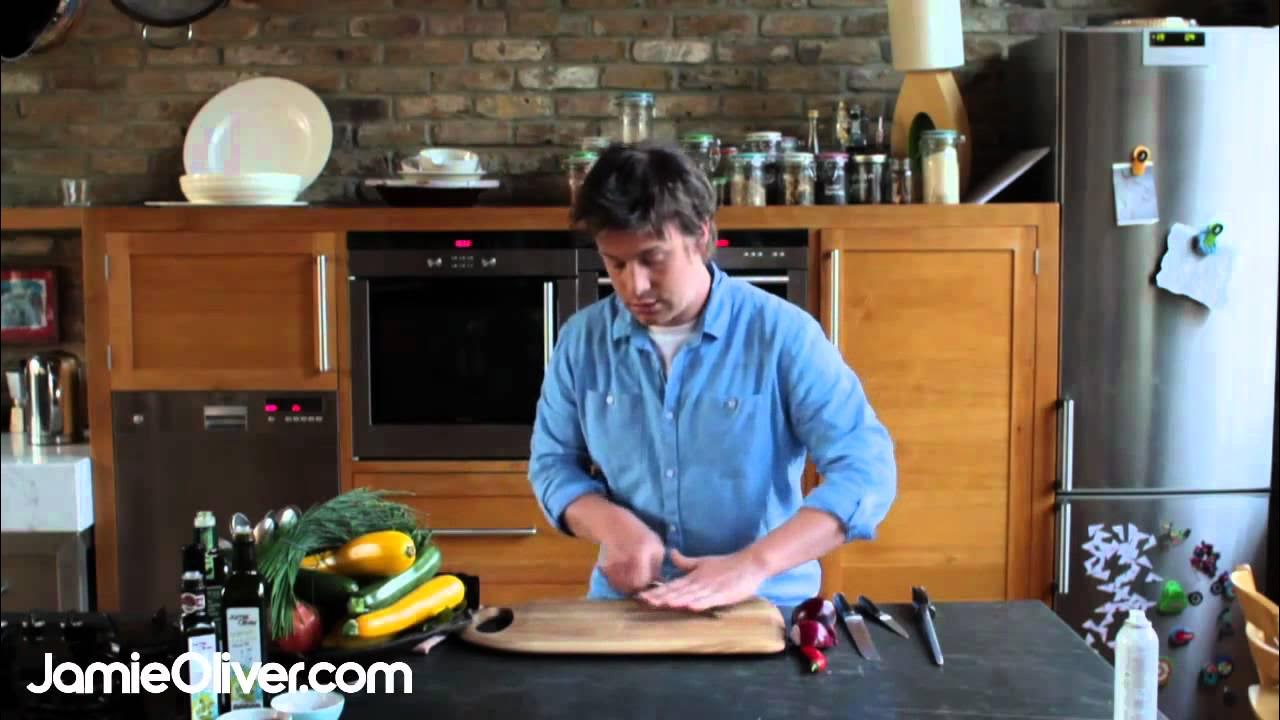Daily Knife Edge Maintenance With Strop
Summary
TLDRIn this instructional video, the host shares personal techniques for daily knife maintenance, emphasizing simplicity and efficiency. They demonstrate using a brick, wood, and homemade leather straps to sharpen knives, comparing the process to using a Trocero 3000 whetstone. The host highlights the importance of a quick edge repair for professionals with limited time and suggests that a strop with stropping compound can restore a sharp edge in under a minute. The video caters to those seeking to maintain knife sharpness with minimal effort.
Takeaways
- 🔪 The video demonstrates a method for maintaining knife sharpness on a daily basis, which is particularly useful for busy professionals or those who value sharp knives daily.
- ⏱ The daily knife maintenance process is simple and can be done in just one or two minutes, making it a practical routine for many.
- 🛠️ The presenter uses a combination of tools including a wooden board, a brick, and leather straps to maintain the sharpness of their knives.
- 💎 The presenter mentions using an 'NK' stropping compound purchased from Amazon for sharpening, which has proven effective for their needs.
- 🔨 The brick is used to dull the knives before sharpening, but it is noted that this step is not recommended for home use due to the potential for excessive wear.
- 📦 The presenter made their own leather straps due to dissatisfaction with the quality and cost of those found online.
- 📈 The video includes a comparison between using a 'Trica' sharpening system and stropping with a compound, showing the effectiveness of both methods.
- 🌟 The presenter emphasizes the importance of using light pressure when stropping to avoid damaging the knife or the stropping surface.
- 🔄 The J-motion technique is explained as a way to sharpen the tip of the knife without digging into the stropping surface.
- 📉 The brick is shown to roughen the edge of the knife, requiring a quick touch-up with a 3000-grit stone to restore the edge.
- 🗣️ The video script includes personal anecdotes and commentary, adding a conversational tone to the instructional content.
Q & A
What is the main topic of the video script?
-The main topic of the video script is about maintaining and sharpening knives on a daily basis in a personal kitchen setting.
What does the speaker suggest as the daily knife maintenance routine?
-The speaker suggests a simple daily knife maintenance routine that involves spending one or two minutes to keep the knives sharp, using a method that has worked well for them.
What tools does the speaker mention using for knife maintenance?
-The speaker mentions using a piece of wood, a brick, leather straps, a stropping compound, and a Trocero 3000 stone for knife maintenance.
Why does the speaker use a brick in the knife maintenance process?
-The speaker uses a brick to dull the knives, which is part of the process to prepare them for sharpening, although it's noted that this step is not typically necessary for daily use.
What is the significance of the 'J motion' when stropping a knife?
-The 'J motion' is used to allow the tip of the knife to be sharpened without digging into the strop or stone, protecting both the knife edge and the sharpening tool.
What is the recommended frequency for the daily knife maintenance routine mentioned in the script?
-The speaker recommends doing the daily knife maintenance routine every three to four days, but it can be adapted based on individual needs and time constraints.
What type of knives does the speaker believe would benefit most from this maintenance method?
-The speaker believes that Japanese knives with a Rockwell rating of 59 and above would benefit most from this method due to their ability to hold an edge better.
What is the speaker's opinion on using a ceramic rod for knife maintenance?
-The speaker suggests that a ceramic rod is not ideal for Japanese knives and may leave a rougher edge, but it could be suitable for other types of knives, especially those with a Rockwell rating of 58 and below.
How does the speaker load the stropping compound on the leather strap?
-The speaker loads the stropping compound by applying it to the leather strap and then stropping the knife on the loaded strap.
What is the speaker's recommendation for maintaining knives with a Rockwell rating of 58 and below?
-For knives with a Rockwell rating of 58 and below, the speaker recommends using a ceramic or steel rod for quick and frequent edge alignment throughout the day.
Outlines

This section is available to paid users only. Please upgrade to access this part.
Upgrade NowMindmap

This section is available to paid users only. Please upgrade to access this part.
Upgrade NowKeywords

This section is available to paid users only. Please upgrade to access this part.
Upgrade NowHighlights

This section is available to paid users only. Please upgrade to access this part.
Upgrade NowTranscripts

This section is available to paid users only. Please upgrade to access this part.
Upgrade NowBrowse More Related Video

Potato thin slice sharpness test #fyp #knife #knives #knifesharpening #kitchen #kitchenknives

Basic cuts of veg and knife skills - How to Cook

WHAT SIZE GYUTO?

Jamie Oliver on knife skills - 30-Minute Meals

Why This New Knife Concerned Me, And Everyone Else..

How To Master 5 Basic Cooking Skills | Gordon Ramsay
5.0 / 5 (0 votes)